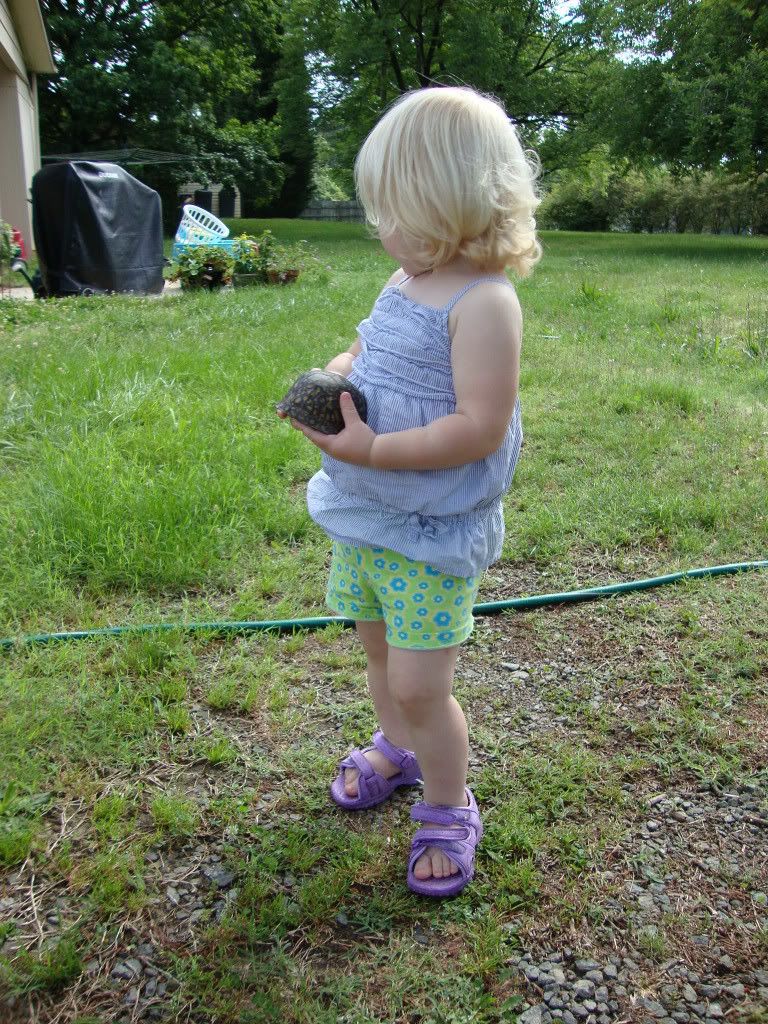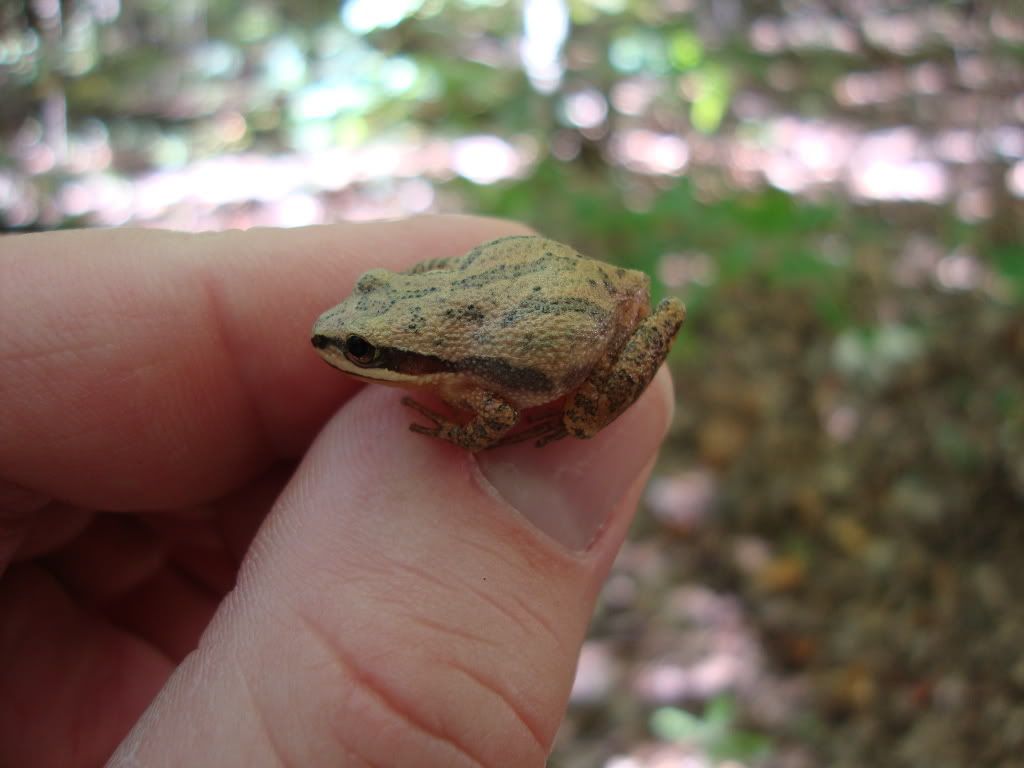Perhaps environmental historian William Cronon's commentary best highlights the difficulty that some have in grasping the importance of "Urban Wildlife". As Cronon states in his essay The Trouble With Wildnerness; Or, Getting Back to the Wrong Nature, "For many Americans wilderness stands as the last remaining place where civilization, that all too human disease, has not fully infected the earth. It is an island in the polluted sea of urban-industrial modernity, the one place we can turn for escape from our own too-muchness."
However, according to Cronon, the idea that wildnerness can only be found in remote "pristine" and protected lands is fiction. He believes that we have a misunderstanding of nature and our place within it. He seems frustrated with the fact that modern environmentalists focus only on pristine landscapes as being wilderness. Such pristine landscapes, says Cronon, don't exist.
"The myth of wildnerness", he concludes, "is that we can somehow leave nature untouched by our passage."
Because protected lands have not avoided humanity's influence, they alone do not represent "wilderness" (according to Cronon). He also states that by associating wildnerness with only protected, pristine environments we further separate ourselves from the natural world. Thus, Cronon believes that we should find wilderness anywhere in our surroundings, including your own backyard. At least....I think this's what he means. If wildnerness can be found in something we are close to (like our backyards), it helps us better associate with wild things and view them as worth protecting. By focusing only on protection of pristine lands and only conducting ecological research there, we fail to focus our efforts on an area of equal conservation importance: where the anthropogenic and the natural world frequently collide. These include urban and suburban landscapes.
Cronon's notions were met with opposition, but he poses an interesting idea.
Even professional biologists fall victim to the idea that ecological research should only be conducted in pristine, untouched landscapes (myself included). Recently, however, research focused on urban and suburban landscapes has frequently began to creep into hardcore ecological research. In past posts, I've mentioned the book Urban Carnivores (edited by Gehrt et al. in 2010). There are other similar books, also mostly written for biologists and ecologists, including Urban Herpetology (an outstanding volume edited by Mitchell, Jung Brown, and Bartholomew in 2008), and Urban Wildlife Management (written by Adams and Lindsey in 2009). These are just a few examples of efforts put into understanding how wildlife behaves and survives at the human/natural interface.
This is a great thing. The best way to mount animal conservation efforts is to understand how wildlife interacts with humanity.
I'm not saying that I fully embrace Cronon's notion (if I understand it correctly) that we should not place so much emphasis on natural places as the ideal of what "wilderness" is. Although I agree that it is possible to see "wilderness" all around us, there are many species that cannot handle urban or suburban versions of wilderness. Without these species, we have an imperfect cast of characters present in our wildnerness. I don't find this acceptable. Although conservation in urban areas is important, its still important to conserve places that feel fewer anthropogenic influences. This is required for the species that don't deal well with humanity....they need somewhere to reside, afterall.
But...as usual....I've gotten off track. No wonder no one reads my blog; I talk too much!
Anyways, I have become incredibly interested in Urban Ecology since my arrival here. Mostly because of the observtions I've made of wild animals in my own backyard. In fact, I've posted on the suburban gray fox that I have frequently seen moving through our lot (see The Gray Ghost, posted on Feb. 20, 2011).
But, this dainty little carnivore is not the only critter I've found meandering through our manicured field of Kentucky Blue Grass, munching on our garden vegetables, or using my pick-up truck as shelter from the sun.
The Eastern Box Turtle (Terrapene carolina). I'll start with one of my favorites: the unassuming little eastern box turtle. Last May, on a Saturday morning after heavy rains, I hopped in my truck and started backing out of the driveway to run some errands. Looking over my shoulder, I backed the truck up about 15 ft before glancing forward at the gravel driveway leading up to the house. At that moment, I noticed a small round lump sitting on the grass between the tracks kept bare by our tires in the driveway. I stopped the car, got out and walked over to the little gal. She sat motionless, bunched up in her tightly-sealed shell. I was glad she hadn't been sitting behind the tires, or I would have accidentally crushed her, not realizing she was there. I picked her up and called to my daughter and wife. They came out and...much to my daughter's delight...picked up and looked at the little turtle. After a few attempts by my daughter to place the timid reptile in her mouth, which mommy and daddy thwarted, I placed the turtle at the base of some shrubs along our back lot line. She sat there most of the day, and by the next morning was gone.
My daughter holding the eastern box turtle found under my truck
So, just becuase you find a box turtle in your yard, doesn't mean suburbia is good for them.
The Upland Chorus Frog (Pseudacris feriarum). In my first spring here, I noticed immediately the calls of this little amphibian. One of the first species to call in the spring (and very loudly, I might add), I heard their mating cries from a small wetland nestled between the homes in my neighborhood in February of 2010. Even now (March 2011), every evening when I take the dog out for his nightly evacuation, I hear them and the spring peepers screaming away, going about their business as best they can in their suburban wetland. Often, this species breeds in natural ephemeral wetlands within deciduous hardwood forests. In fact, I heard a chorus of these little frogs in just such a wetland today (see picture below).
A Natural Ephemeral Wetland Where Chorus Frogs Were Heard Calling on 3/15/2011
I've even captured the adults in the fall on the concrete floor of our open car-port....I'm assuming in migration back to some location that they will spend the winter in, although I scarecly imagine where that is in our neighborhood.
An Upland Chorus Frog (Pseudacris feriarum)
Amphibians in urban/suburban habitats face many challenges. Like the box turtle, they have a limited capacity to move large distances. Thus, they often become isolated in small "green space" buffers between housing developments, which are likely traps that can result in local population extinction. If you are interested, I would highly recommend the previously mentioned volume Urban Herpetology for numerous studies and reviews focused on amphibians within such landscapes.
I have more photos to share of urban wildlife. However, I'll save those for the future.
Literature Cited:
Brisbin, Jr., I.L., J. A. Kennamer, E.L. Peter, and D.J. Karapatakis. 2008. A long-term study of eastern box turtles (Terrapene c. carolina) in a suburban neighborhood: survival characterisitcs and interactions with humans and conspecifics. In Urban Herpetology (Mitchell, Jung Brown, and Bartholomew; eds). Herpegological Conservation 3:373-385.
Budischak, S.A., J.M. Hester, S.J. Price. and M.E. Dorcas. 2006. Natural history of Terrapene carolina (Box Turtles) in an urbanized landscape. Southeastern Naturalist 5:191-204.
Ferebee, J.B., and P. F.P. Henry. 2008. Movements and Distributions of Terrapene carolina in a large urban area, Rock Creek National Park, Washington, D.C. In Urban Herpetology (Mitchell, Jung Brown, and Bartholomew; eds). Herpegological Conservation 3:3765-372.



No comments:
Post a Comment